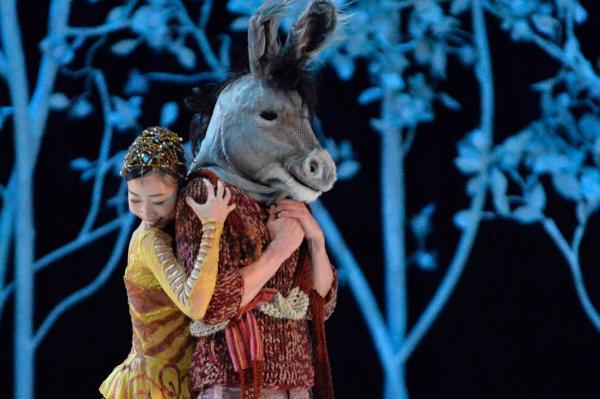There are names and titles in the world’s literature that are recollected in every era by almost all writers. For example, the “Trojan Horse” is an example of a mysterious conspiracy. “Romeo and Juliet” is a work of reference for writing on love amongst most writers across all eras. Shakespeare provides us with the tale of impossible love between Othello and Desdemona and documents internal struggle and desire for power in “Hamlet”. He also wrote about friends betraying each other and this can be seen in the relationship between Julius Caesar and Brutus.
The Spanish poet de Cervantes whose masterpiece Don Quixote was about a knight-errant followed Shakespeare, and the French poet La Fontaine’s “Fables” is a point of cultural reference that was influenced by Abdullah Ibn Al-Muqaffa’s “Kalila wa Dimna” that was in turn based on Indian mythology.
Sinbad the Sailor is a great man in all world literature without exception, and George Orwell wrote his masterpiece “Animal Farm” which is also inspired by “Kalila wa Dimna” and the idea of eluding the revelation of human identities. A common work of reference in world literature is Al-Farabi’s “Al-Jumhuriyya Al-Fadilah” which exemplifies the impossibility of a fair state and virtuous society. If you mentioned “Rasputin” in any language, it is known that you are referring to a wicked man in the world’s history.
If you mention “Daahis wal Gabraa”, people know that you are talking about a never ending war and if you mention “Saif Ad-Dawlah”, people know that you are talking about Al-Mutanabbi. These connections and references have transformed over time to become a semi- unified language in world literature. One does not explain the story of Romeo and Juliet, the story of Brutus and Caesar’s assassination or Don Quixote’s purity. They are expressions and names that have turned into what resembles a language of symbols in world literature.
